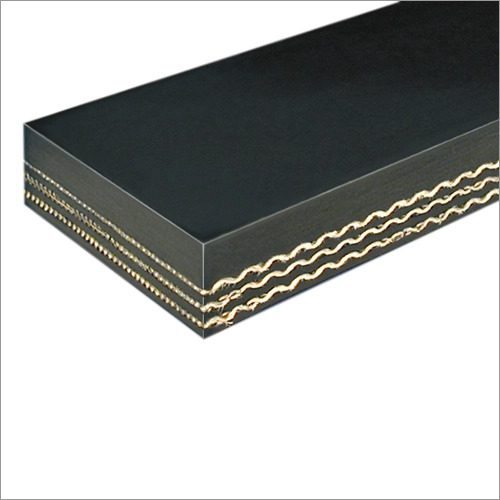
Belts are a critical component of various industrial applications, from conveyor systems to power transmission. Traditionally, multi-ply belts have been considered stronger due to their thickness and weight. However, recent advancements in belt technology have challenged this notion. Surprisingly, single-ply belts, which are thinner and lighter, are proving to have better rip, tear, and impact resistance compared to their thicker and heavier multi-ply counterparts.
Understanding the Science Behind Single-Ply Belts:
At first glance, it may seem counterintuitive that a single-ply belt can be stronger than a multi-ply belt. However, it all comes down to the material composition and manufacturing process. Single-ply belts are typically made of high-quality synthetic materials such as polyester or aramid fibers, which are known for their exceptional tensile strength. These fibers are carefully woven together in a dense pattern, creating a tight and uniform structure that is resistant to ripping, tearing, and impacts.
On the other hand, multi-ply belts are constructed by layering multiple sheets of fabric or rubber on top of each other and bonding them together with adhesive or heat. While this design increases the thickness and weight of the belt, it also creates weak points where the layers can separate under stress, leading to reduced tear and rip resistance. Moreover, the bonding agents used in multi-ply belts can deteriorate over time, further compromising their overall strength.
Advantages of Single-Ply Belts:
- Enhanced Rip Resistance: The tightly woven structure of single-ply belts makes them highly resistant to ripping, tearing, and punctures, even in harsh operating conditions. This is crucial in applications where belts are exposed to sharp objects, abrasive materials, or heavy impacts.
- Improved Impact Resistance: Single-ply belts excel in absorbing and distributing impacts due to their uniform structure, preventing localized stress concentration that can cause belt failure. This makes them ideal for applications where belts are subjected to repetitive impacts or heavy loads.
- Higher Flexibility: Single-ply belts are more flexible compared to multi-ply belts due to their thinner and lighter design. This allows them to conform better to pulleys, reducing the risk of premature wear, and improving overall performance and efficiency.
If you need more information about rubber conveyor belt information please contact us email at [email protected].


Leave a Reply